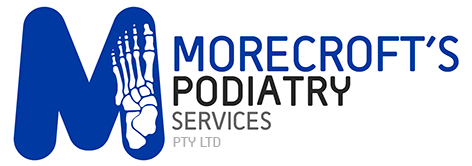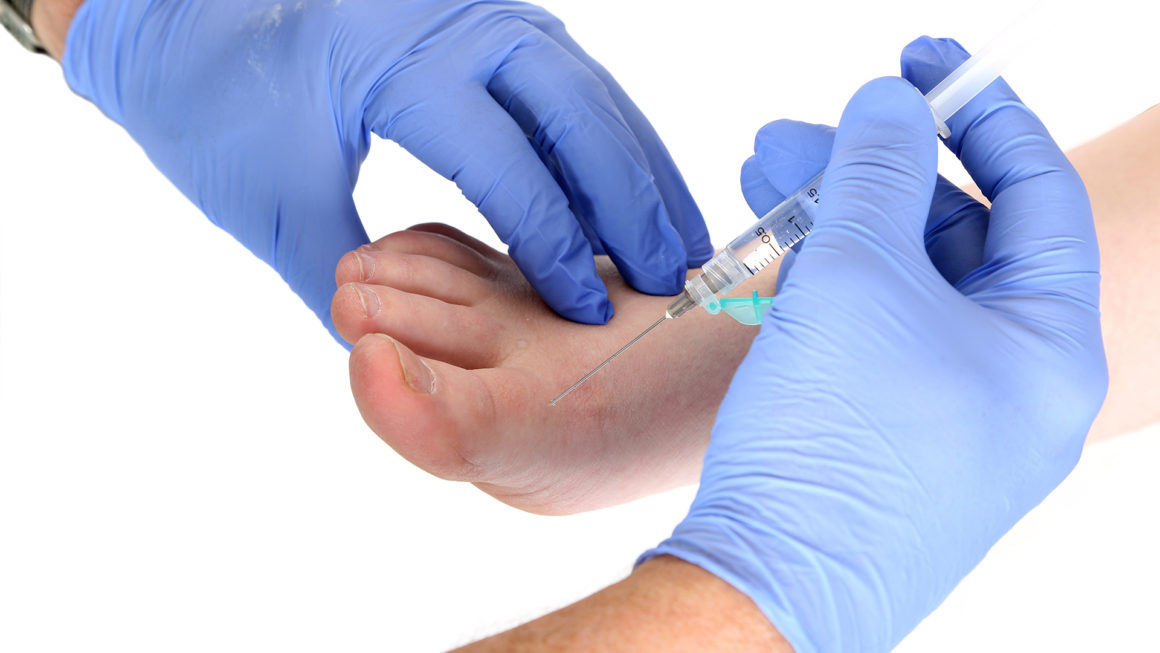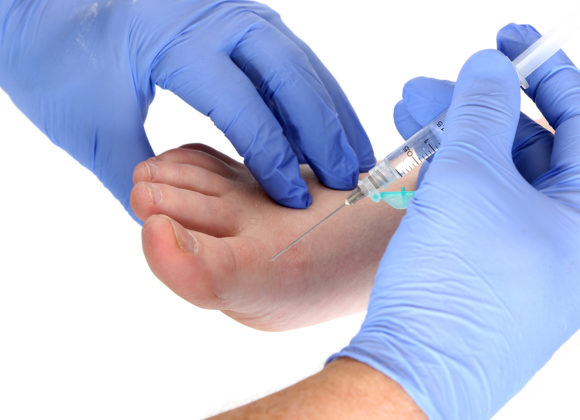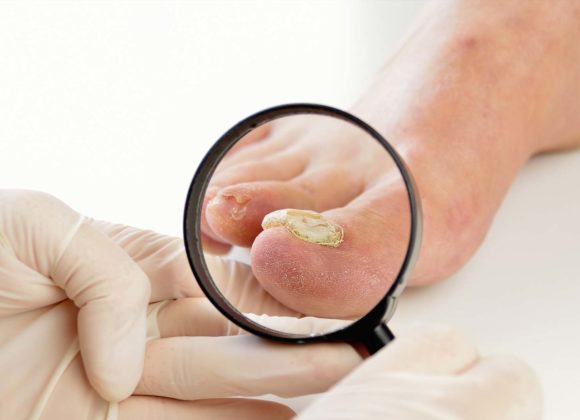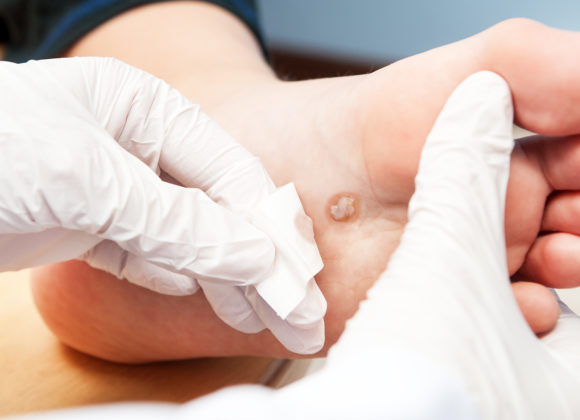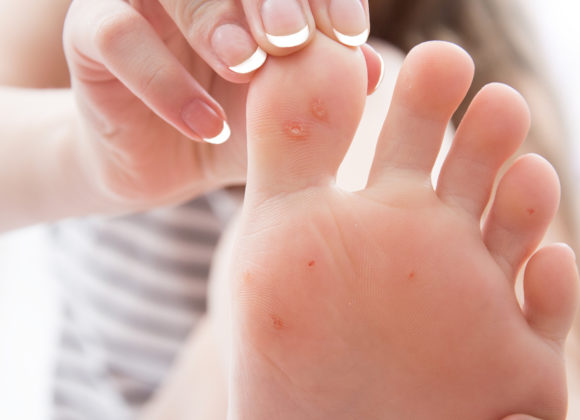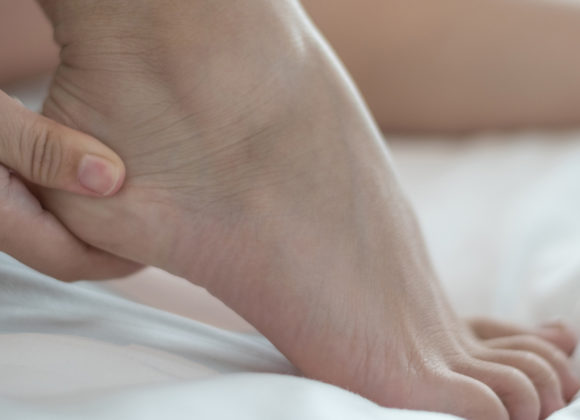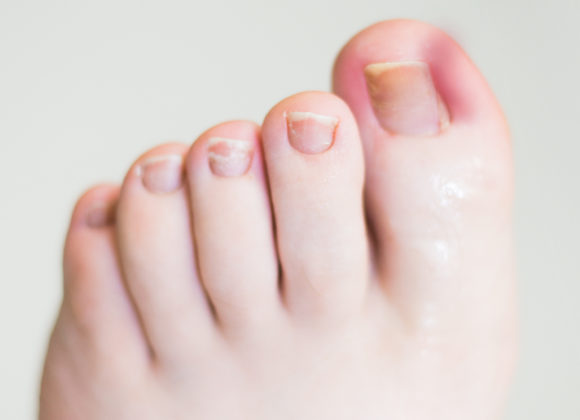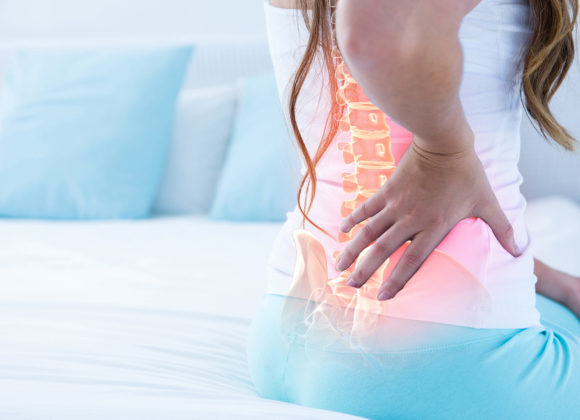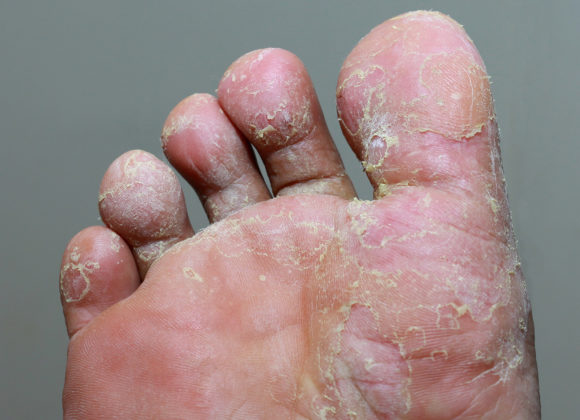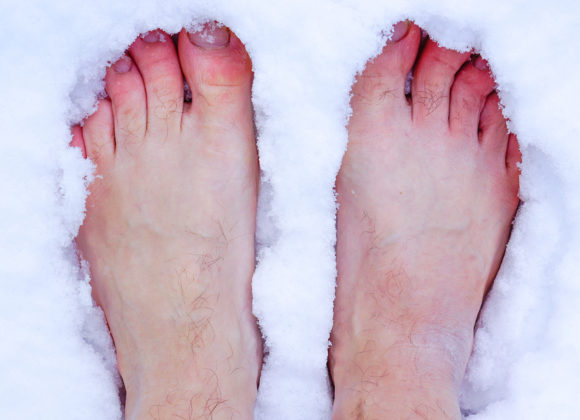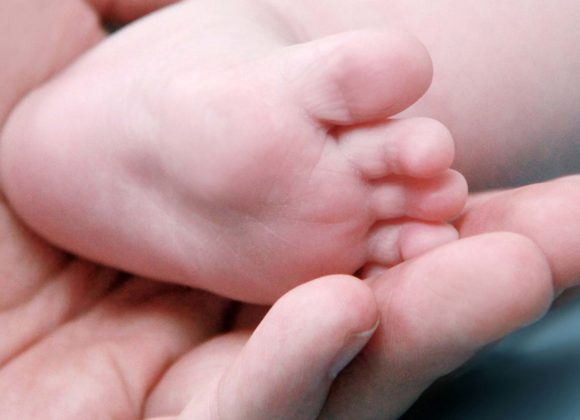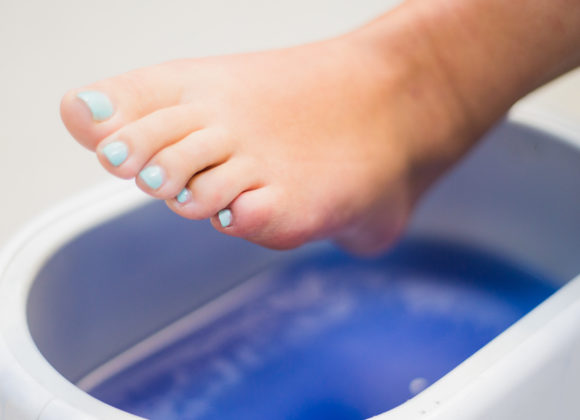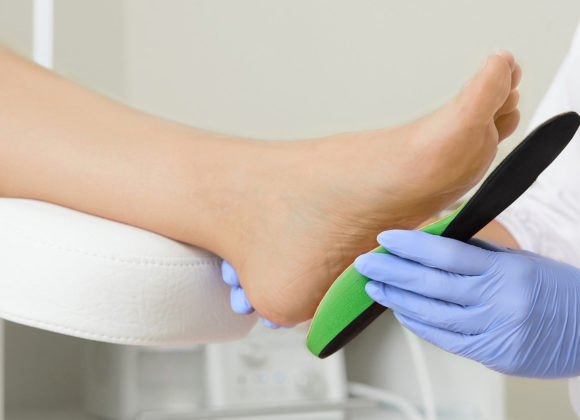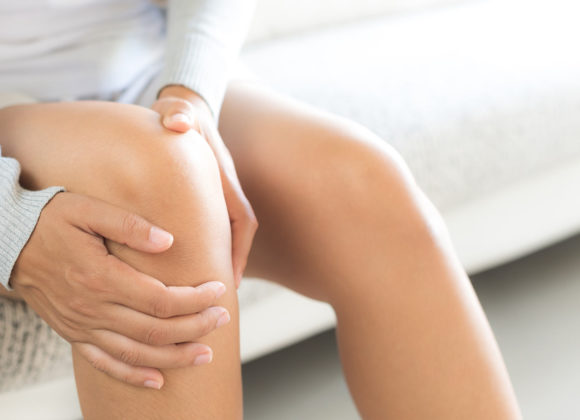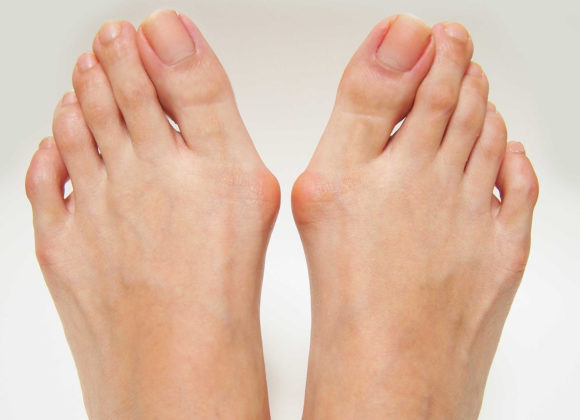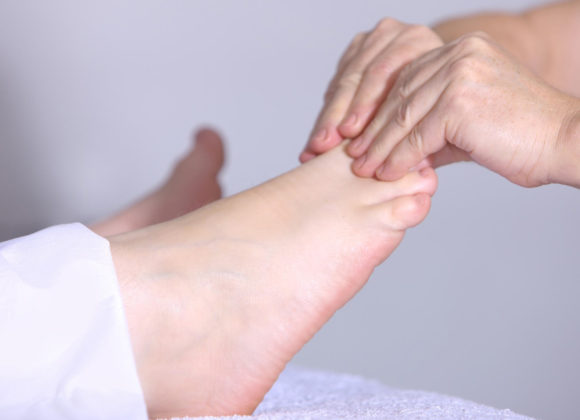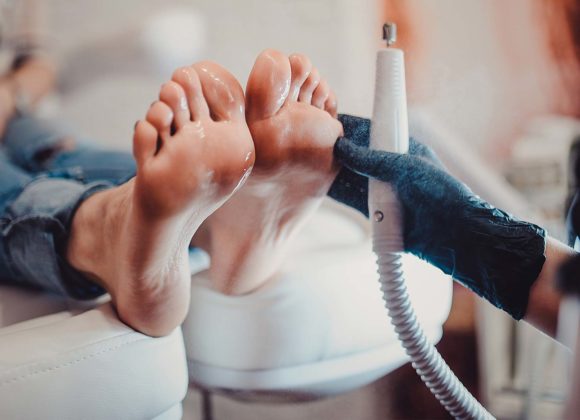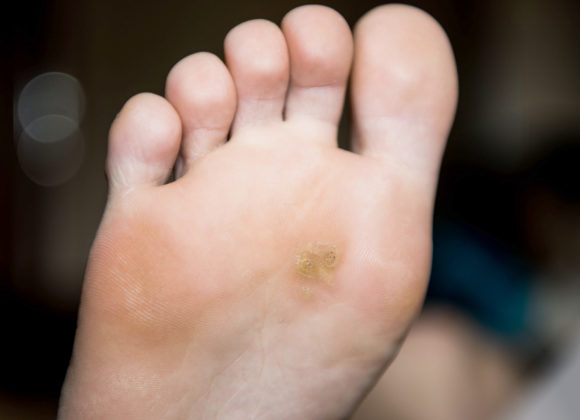Prolotherapy is a safe, effective injection treatment which provides increased strength in joints, ligaments and tendons by making new connective tissue. The solution is usually 20% glucose or less, mixed with a local anaesthetic called lignocaine. It was developed by a USA surgeon, George Hackett in the 1940s and has been refined and researched by many other doctors since then. It is used in several different ways:
Ligament strain: Strained ligaments leave muscles and joints weak and unprotected, and cause muscle spasm and instability. Ligaments can also become strained if overstretched constantly. Strengthening ligaments for low back, neck e.g. whiplash, sprained ankles, pelvis and many other injuries, has been the mainstay of prolotherapy treatment for decades. Surprisingly mobility has been shown to increase. This is because stiffness is often due to protective muscle spasm, and once the pain from the ligaments is relieved the muscle relax. In the last 11 years I have trained over 250 doctors and 150 podiatrists to use this technique and there are more than 60 research reports published in medical journals showing that the technique is more effective than most other treatments for these problems.
Tendinopathy: When tendons are overused they become painful and occasionally fail to heal due to excess VEGF. The swollen or torn tissue can be seen on ultrasound, and with modern techniques, neovessels can be seen around the tendon. They have nerves alongside them which are very painful. The usual treatment for tendinopathy in knees, Achilles tendon and elbows is rest, then very slow increase in exercise. This can take months or years. The glucose in the prolotherapy solution inhibits VEGF and allows the healing to occur much more quickly.
Neuropathic pain: Pain can be due to the nerves themselves. If there is restriction of the fibres of a nerve, the nutrients can’t flow down the fibres, so the trunk of the nerve can’t repair itself and becomes painful and tender all along the nerve. Inflammation in the nerve (neurogenic inflammation) causes inflammation in the soft tissues and joints, preventing healing. The glucose allows healing in the nerve itself and the tissues it supplies. This new technique was developed by Dr John Lyftogt in NZ and is called Neural Prolotherpy. It is done with very fine short needles as the nerves are cutaneous nerves, close to the skin.
Osteoarthritis: Ligaments are vital for joint stability. It strained and loose, the joint slips and slides out of the track it was designed to follow, and the cartilage becomes worn causing osteoarthritis. Prolotherapy for worn joints (knees, ankles, feet and toes) involves treatment of the ligaments around the joint and usually injection into the joint, as it also stimulates regrowth of cartilage. This has been seen on x-ray in some knees.
The technique: The solution is injection to where the pain is coming from. Usually many different points are injected. The local anaesthetic relieves pain for a short time. This can be useful diagnostically; especially if there has been some doubt where the pain is coming from. Then inflammation begins – and pain may occur and may last about 2 days. Pain relief is used if necessary.
How many treatments? A series of 2-3 injections for feet, while the knee is variable. The spacing of the treatments varies from weekly to monthly. Two weeks is a good time.
How effective is it? A success rate of about 88% is often reported. Research has shown that this treatment is significantly more effective for pain than local anaesthetic or cortisone. An Australian study of very chronic pain found that 20% became free of pain and over 40% had at least 50% reduction in pain. Many more reports of success have been published for other joints – knees, whiplash neck, fibromyalgia, jaw joint, public symphysis, fingers and thumb joints.
What can I do to help? Avoid aspirin, other anti-inflammatory drugs or liniments. For pain relief use paracetamol, tramadol, or codeine. Exercises may be necessary to re-educate correct muscle patterns. They can begin immediately or when the pain has decreased. They should not be painful. Ask for the correct ones for you or begin walking.
Nutrients are very important to encourage good health and repair of ligaments and discs and bones should be taken until three months after the end of treatment.
- Vitamin C 1000-2000 mg/day (makes strong connective tissue, helps healing)
- Manganese (as chelete) 5-10mg/day (essential for discs, cartilage)
- Zinc 15-30 mg/day (wound healing, important for new protein).
People who eat lots of vegetables, wholemeal bread, nuts and meat, fish, chicken and eggs will do better than those who eat lots of sweet foods and breakfast cereals and white bread and pasta
(Source: Dr Margaret Taylor, 79 Birksgate Dve, Urrbrae SA 5064. www.drmtaylor.com.au)
For more information, call us on 03 9735 1273

